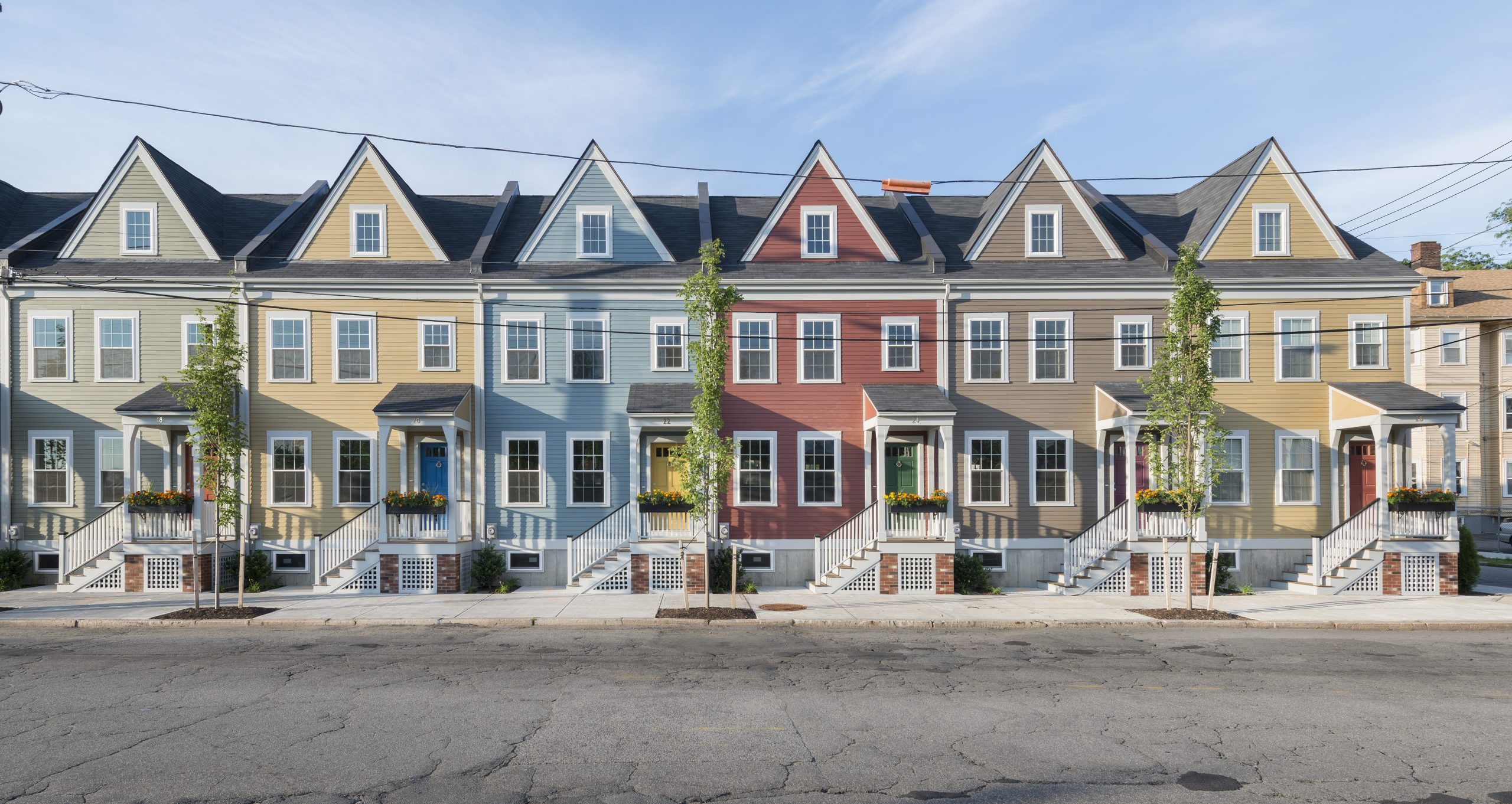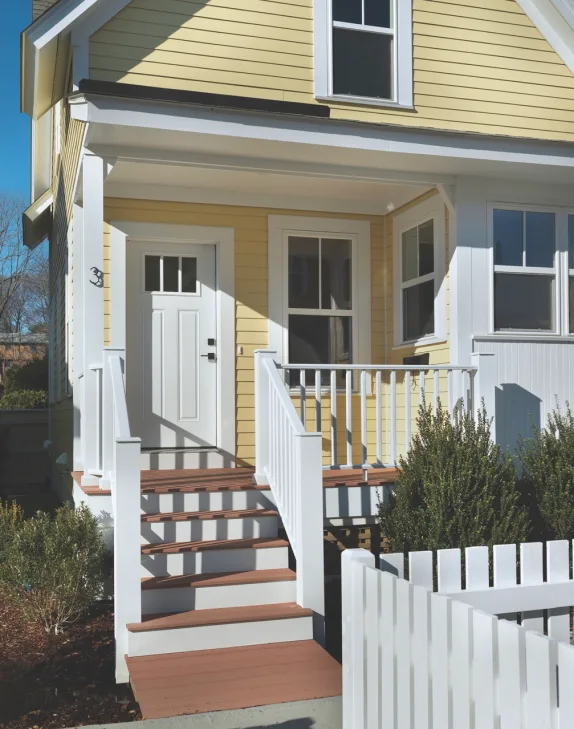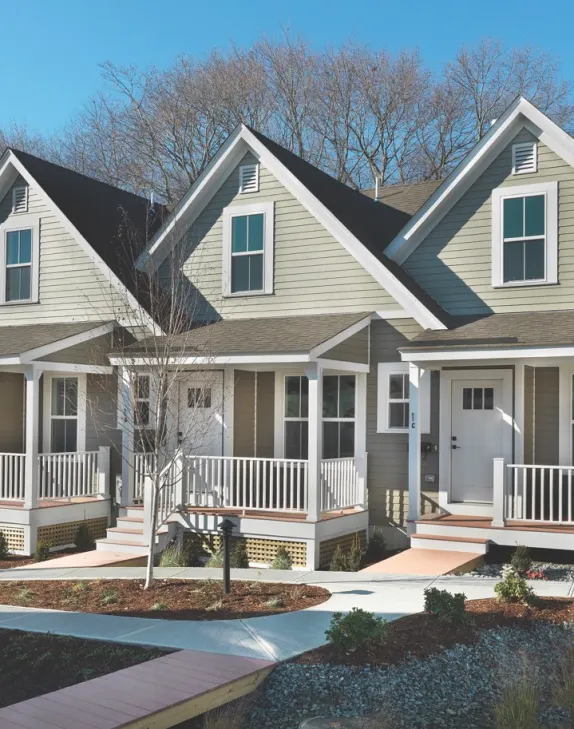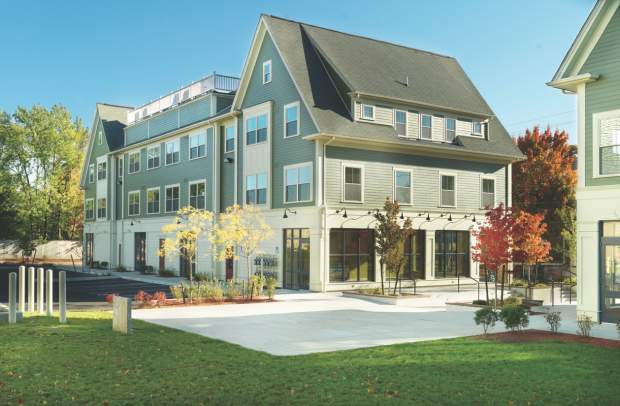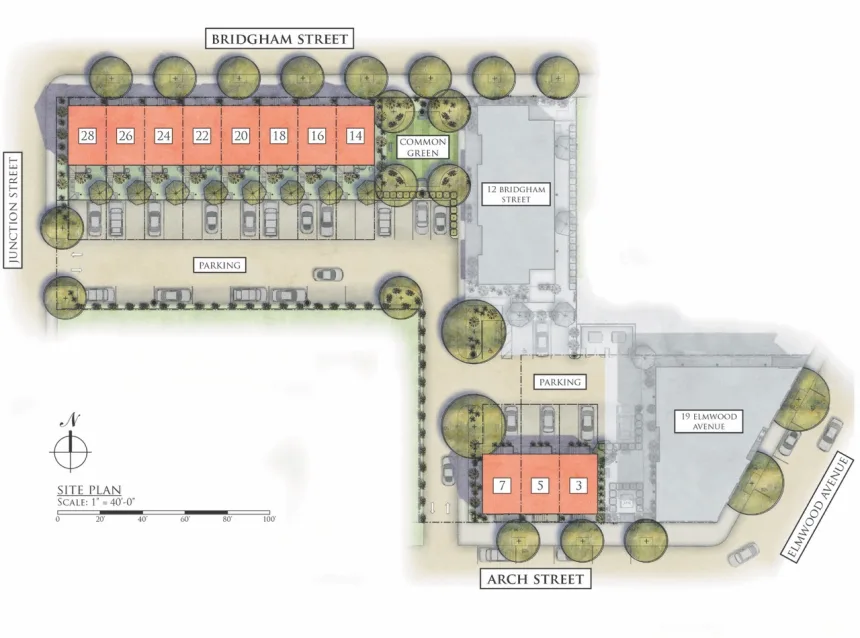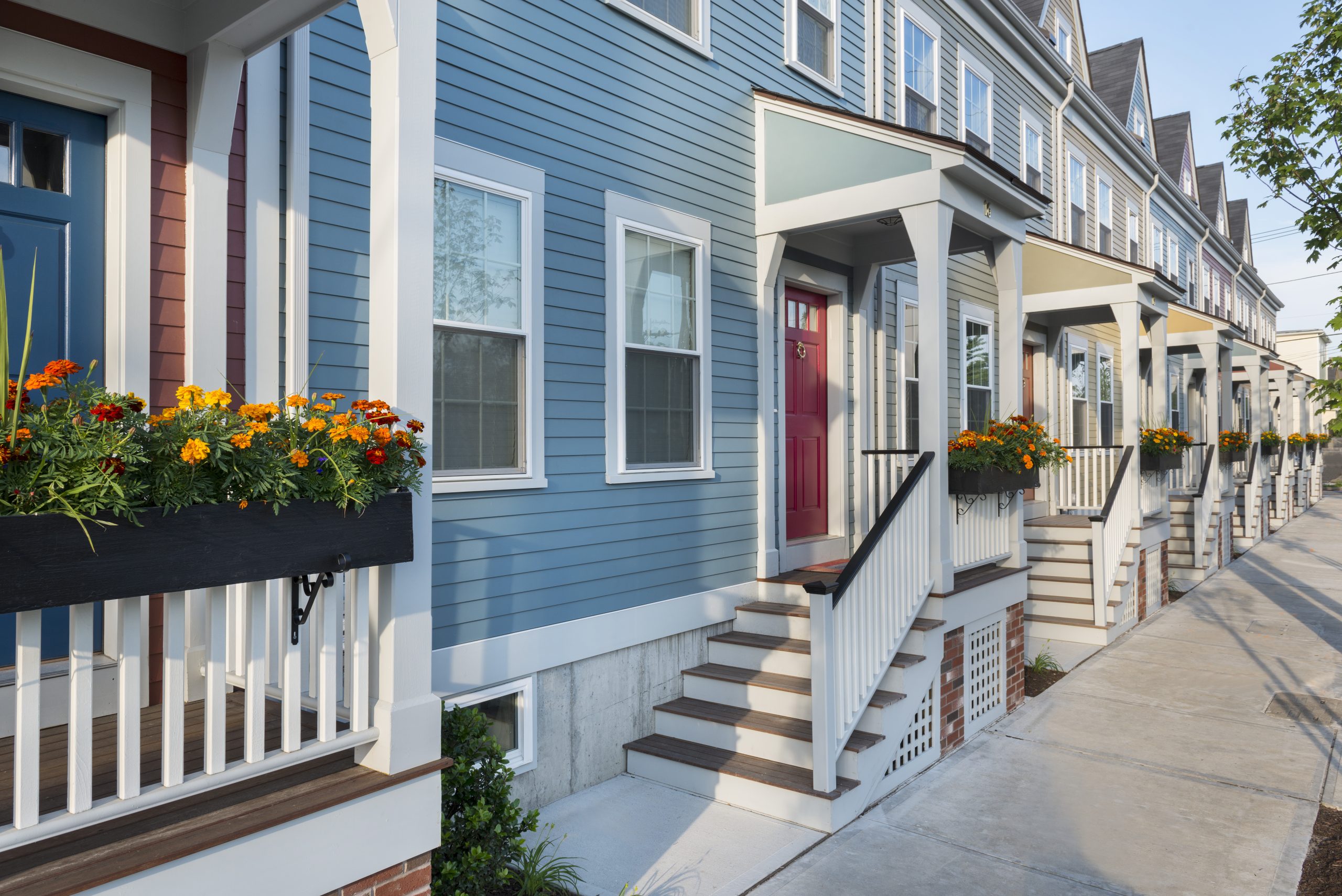Last week, A+A reviewed a book by Alexander Gorlin and Victoria Newhouse that addresses the issues of funding, designing and building affordable housing across the nation. This week, the online edition of Traditional Building magazine is running an article on the award-winning work of Providence, R.I.-based Union Studio. The firm specializes in affordable housing, and A+A is pleased to re-post the article today:
By J. Michael Welton
Armed with a 1988 undergraduate degree from the University of Virginia and a 1992 master’s from Harvard Graduate School of Design, Don Powers immediately went to work for marquis firms in Boston.
It was not an ideal experience for him. Powers was concerned less with high-end design and more with big-picture solutions to the urban challenges he witnessed daily from his bus ride to work.
“I thought there had to be something more meaningful than designing handrails at Phillips Exeter,” he says. “I wanted to be more relevant than working with well-heeled institutions.”
So in 2001, he founded the one-person firm that bore his name and set about repairing fragmented communities in Providence, Rhode Island. “I wanted to bring my energies to bear on the community, designing housing for the most people, as opposed to the few,” he says.
And he made a name for himself in the civic realm, by doing exactly that.
Affordable housing with a contextual and traditional approach is now a hallmark of his portfolio—and counts as a third of his firm’s work. “I’ve always called myself a classicist—and what better place to apply it than to affordable housing, where people don’t have control of how they live their life and still face its challenges?” he says. And with affordable housing, he contends, “You don’t experiment, you refine.”
His process starts by looking at a site and its neighborhood for precedent in what’s there and what surrounds it. If the program calls for 15 residences in a community of single-family homes, he’ll look for ways to deliver 15 separate units, instead of a single large building.
He relishes the work of those who came before him, as he seeks out lessons learned from past efforts to create community. “We look at books by architects from 75 years ago to see how they could be so good,” he says. “We’ll encourage community between residents and their neighbors with porches, stoops, and gathering places where people interact.”
Today, the firm employs 35 people, with offices in Providence and Philadelphia. In 2022, its name changed from Donald Powers Architects to Union Studio, Architecture and Community Design. And in 2023, it won the prestigious Gindroz Award for Affordable Housing from the Institute of Classical Architecture and Art.
The ICAA jury called out three of the firm’s recent projects: Capitol Square and Trinity Place in Providence, and Cottages on Greene in East Greenwich, Rhode Island. They illustrate, it wrote, “the social impact that excellence in design has on the making of beautiful and enduring neighborhoods for everyone.”
More succinctly, these communities connect people to place, with innovations like a door on the street for almost every resident. “Ownership of place means: ‘I have an address on the street,’” Powers says.
Each of the projects cited are urban infill, and all are walkable, transit-oriented, and located on the fringe of historic districts, so respect for context and history was important. “We were taking inventory of the neighborhood scale, massing, roof forms, what existed in the neighborhood, appropriate scale and proportion, and location on the site,” says Paul Attemann, principal in the firm.
Both Capitol Square and Trinity Place have zero lot lines, their homes nestled up to the sidewalk and parking at the rear. The same is true at Cottages on Greene—instead of having cars at the front or back door, the parking area is off to one side. “The architecture engages the sidewalk and street and provides a presence for the Jane Jacobs model of ‘Eyes on the Street’ for self-policing, better behavior, and mental/psychological mindsets,” he says.
Capitol Square and Trinity Place formerly were one-story industrial uses, with traffic that sped by regularly. But by placing homes close to the street, the architects actually slowed drivers down. “Once you put a building up to the sidewalk, you’re closing the cone of vision and naturally traffic slows down because drivers don’t have the expansive horizon that encourages them to put their foot down,” he says. “Being on the sidewalk creates a much tighter urban fabric.”
All three projects are designed to fit respectfully within their neighborhoods, while elevating a feeling of ownership and dignity for the people living there. “To be able to walk up, open your own door from the street—the psychological ownership, even if it’s a rental property—gives residents a sense of pride in living there,” Powers says.
A home, he says, is a reflection of someone’s self-worth. Some of the Union architects’ most rewarding experiences came when owners who didn’t know them expressed joy, relief, security, and a sense of community from living in one of their homes. “It’s an abstraction, because we’re designing for people we haven’t met,” he says. “We try as architects to do our best to empathize with them and what it’s like to live in a space like that.”
The mindset of these architects, then, is not to think of the work as affordable housing, but simply as housing. Affordable refers only to how it’s funded, whether by the state or federal government, or private interests. “I am striving to create a community of beautiful homes where neighbors get to know each other,” says Jeremy Lake, principal in the firm. “Residents don’t want to stick out, they want to belong.”
So housing to these architects is a matter, as Emily Dickinson once wrote, of being “excellent and fair.”
For more, go here.

